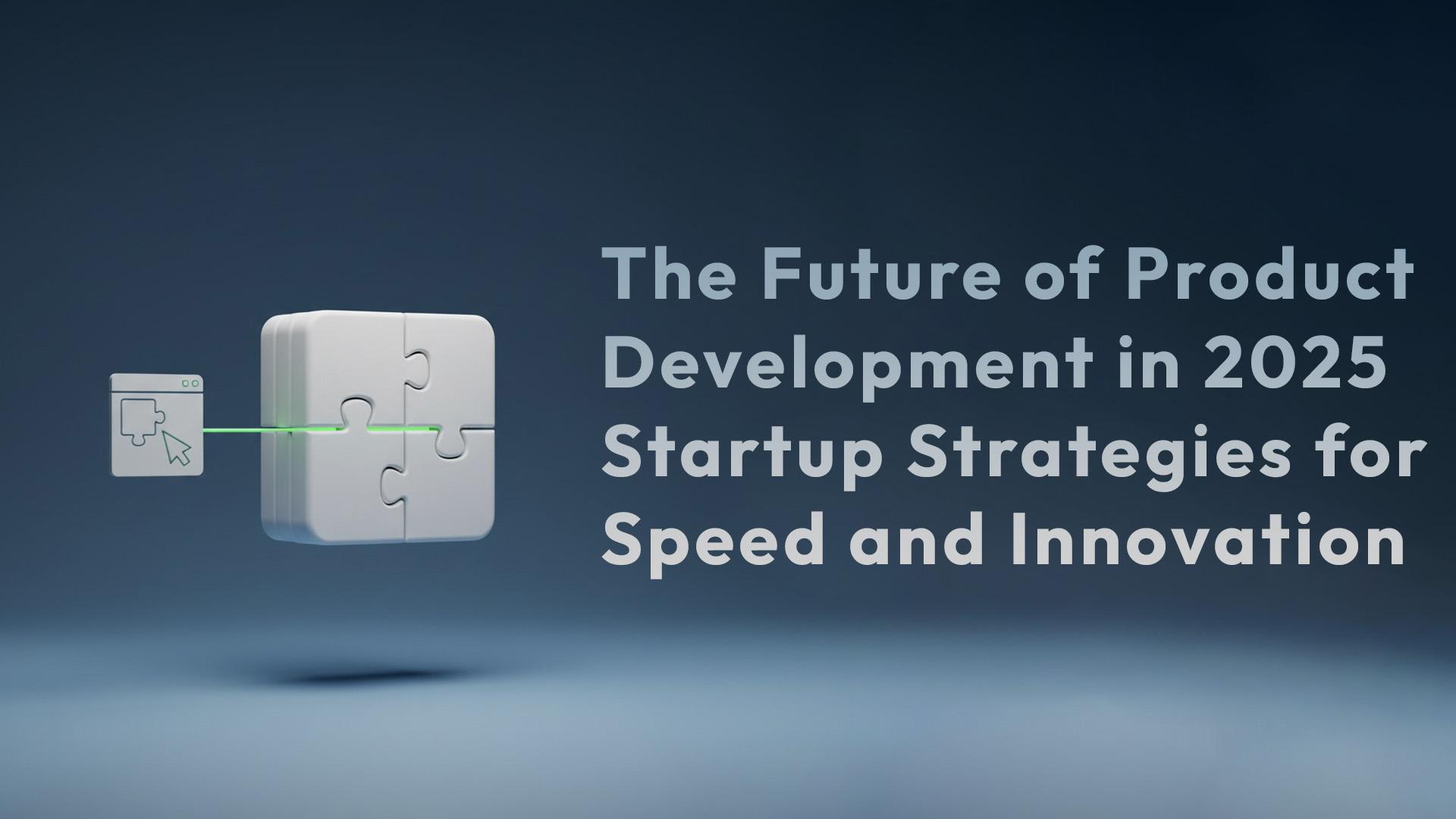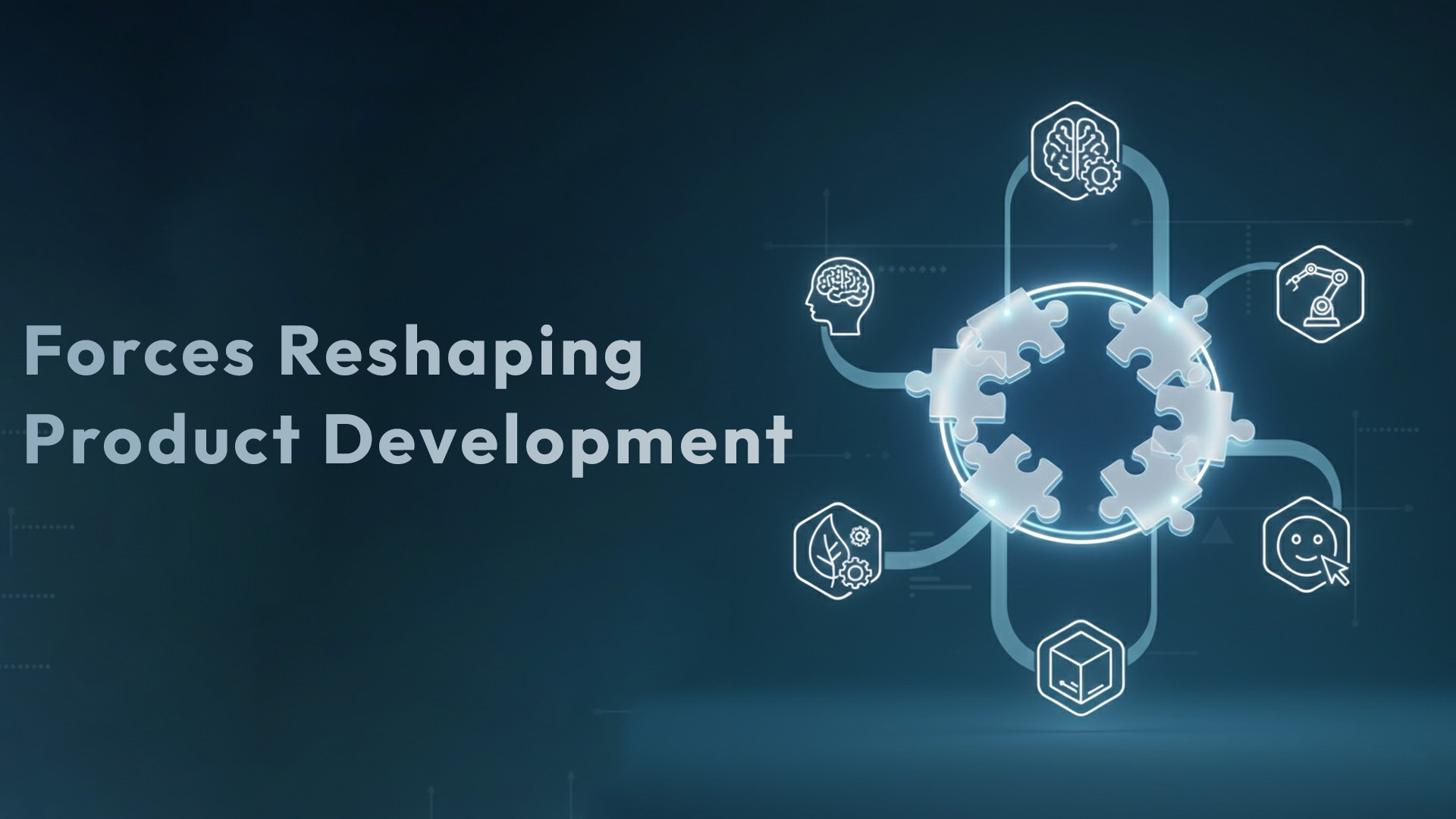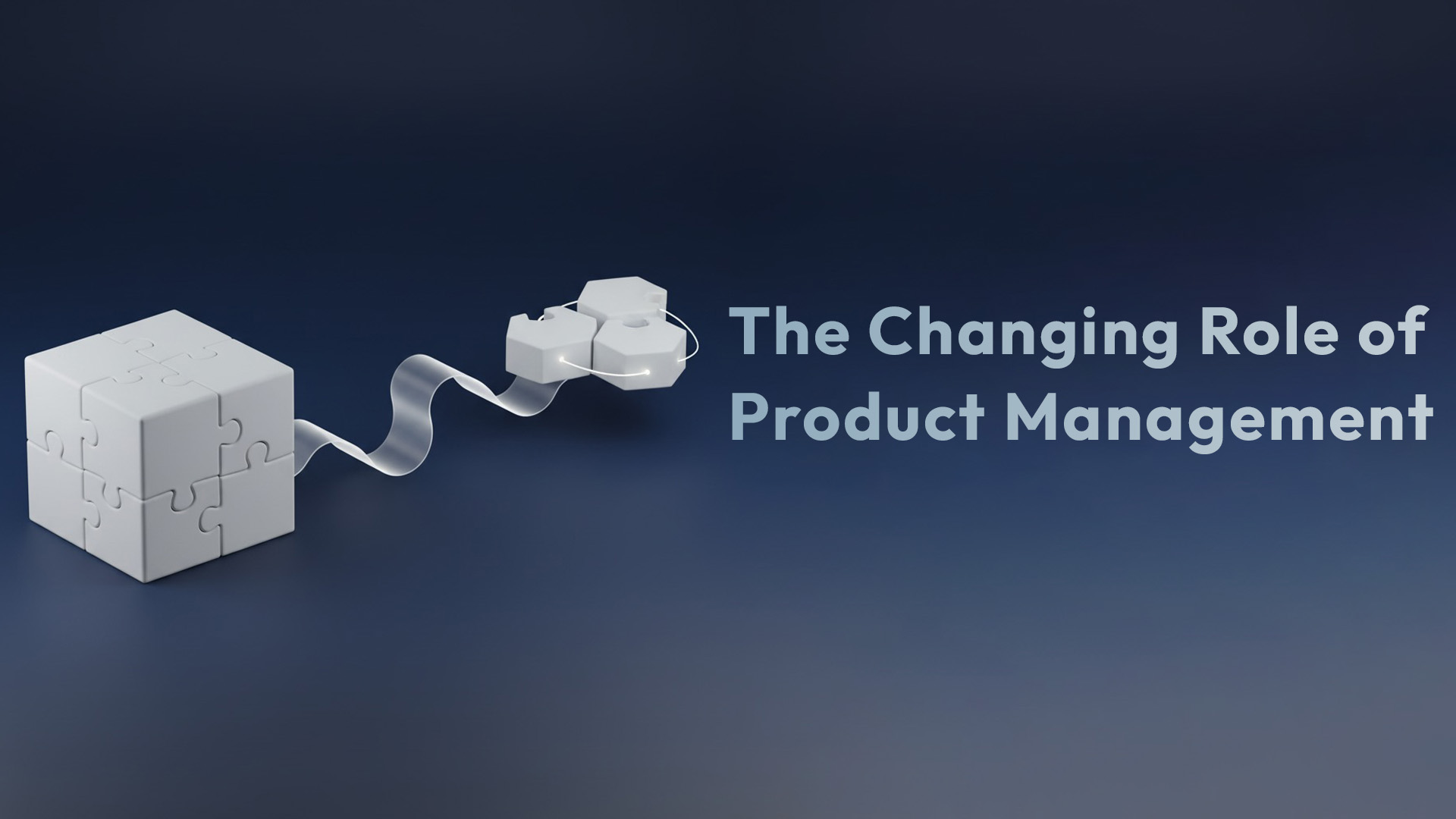The Future of Product Development in 2025: Startup Strategies for Speed and Innovation

Introduction
Product development in 2025 looks dramatically different from even a few years ago. Technology has accelerated, customers expect personalization and transparency, and markets are unforgiving to products that miss the mark. For startups, the challenge is no longer just speed but strategic speed, building what matters most with limited resources while standing out in crowded markets. The winners will be those who prioritize experimentation, learning, and adaptability, rather than chasing every trend blindly.
Startups can no longer depend on long cycles or intuition-heavy decisions. They must adapt to a world reshaped by artificial intelligence, distributed teams, and rising demands around ethics and sustainability. Building now requires balancing trust with velocity, responsibility with disruption, and efficiency with inclusivity. Startups that master this balance will not only ship faster but also earn deeper loyalty. The future belongs to those who can turn today’s complexity into a competitive advantage.

Forces Reshaping Product Development
Artificial Intelligence: From Experiments to Everyday Infrastructure
AI has shifted from a novelty to a foundational layer in product development. Startups use AI to accelerate prototyping, predict customer needs, and streamline decision-making. It enables hyper-personalization, moving beyond segmentation into real-time adaptation of experiences. AI also allows startups to validate ideas rapidly, cutting MVP development timelines from months to weeks. What was once experimentation is now everyday infrastructure, providing a baseline of efficiency that startups must embrace to remain competitive.
AI also redefines product management itself. Instead of spending hours on backlog grooming, reporting, or manual data analysis, PMs lean on AI to automate low-value tasks. Predictive analytics help anticipate user behavior, market trends, and even risks before they materialize. This shift frees leaders to focus on vision, strategy, and ethical oversight. For startups, the critical choice is not whether to adopt AI but how to use it responsibly, aligning technology with customer trust.
Product-Led Growth 2.0: Beyond Acquisition to Retention and Monetization
Product-led growth (PLG) is no longer just about letting the product “sell itself.” In 2025, PLG has matured into a system that focuses equally on acquisition, retention, and monetization. Startups lean on seamless onboarding, viral loops, and freemium models to accelerate adoption. However, the true edge lies in reducing time-to-value ensuring users reach their “aha” moment quickly. A well-executed PLG strategy lowers sales costs and keeps users engaged long after sign-up.
Retention and monetization are the new frontiers. Startups are layering in-app personalization, contextual upgrades, and community-driven features to drive stickiness. PLG 2.0 isn’t one-size-fits-all; it adapts to business models, whether through upselling premium features or deepening user engagement in self-serve platforms. For startups, PLG requires product managers to own the full customer journey, from first click to long-term loyalty, treating growth as an outcome of experience rather than aggressive sales tactics.
Data-Driven Decisions: Moving from Intuition to Evidence
Data has become the backbone of product decisions now. Startups can no longer rely on gut feelings or anecdotal evidence when shaping products. Instead, product teams prioritize data democratization ensuring PMs, designers, and engineers have direct access to meaningful insights. With analytics tools now intuitive and widely available, even small teams can test hypotheses, track engagement, and pivot faster, making evidence-based decision-making a cultural norm across early-stage companies.
This shift also transforms how success is measured. Rather than counting the number of features shipped, startups track outcomes such as user retention, engagement depth, or revenue per active customer. Customer feedback loops combine qualitative insights with quantitative data, providing a holistic view of needs. The strongest startups build learning systems that adapt in near real-time. Their advantage lies not in perfect predictions but in responding faster and smarter than larger, slower competitors.
User Experience and Inclusivity: The New Competitive Edge
User experience is no longer just a design function; it’s a growth strategy. In 2025, the best startups know that usability, reliability, and delight directly drive retention. Features can be copied, but a seamless, inclusive experience is harder to replicate. Accessibility, localization, and cultural relevance have moved from “nice to have” to non-negotiables. Products that ignore inclusivity risk alienating entire markets, while those that prioritize it gain loyal communities that fuel organic growth.
Inclusivity is also a business multiplier. Designing for diverse needs whether accessibility for disabled users, cultural adaptability for global markets, or localization for different languages expands reach and deepens engagement. Ethical design decisions reinforce trust, especially in an era where users scrutinize how products impact society. Startups that build inclusivity into their DNA don’t just comply with regulations; they differentiate themselves as customer-first companies, turning values into long-term competitive advantages.
Specialized Product Management Roles: Depth Over Breadth
Gone are the days when a single product manager juggled strategy, design, growth, and analytics. Startups now look for AI PMs, data PMs, or domain experts who can bring depth to complex challenges. This reflects the growing sophistication of products and markets, where generalist knowledge isn’t always enough. Startups that hire or cultivate specialized PM talent are better equipped to navigate complexity without diluting strategic focus.
Specialization also extends to leadership. The rise of Chief Product Officers (CPOs) signals how seriously organizations now treat product strategy. For startups, this doesn’t mean creating bloated hierarchies but recognizing when product leadership must evolve from founder-driven instincts to structured strategy. As early teams grow, specialized PMs and clear leadership roles reduce chaos, align cross-functional efforts, and ensure that innovation translates into sustainable execution, not just rapid iteration without long-term direction.
The Rise of Product Operations: Efficiency as a Strategic Lever
Product operations (Product Ops) have emerged as the glue holding product teams together in 2025. For startups scaling quickly, Product Ops provides the processes, tools, and best practices that prevent chaos. It ensures that roadmaps align with strategy, feedback loops stay consistent, and data flows seamlessly across teams. Far from being bureaucracy, Product Ops is now recognized as a growth enabler, allowing PMs to focus on innovation rather than firefighting.
For startups, the value of Product Ops is even more pronounced. Small teams often struggle with overlapping responsibilities and fragmented communication. A lightweight but effective Product Ops framework can standardize workflows, ensure data-driven decisions, and optimize collaboration across distributed teams. By 2025, efficiency itself has become a strategic lever not just cutting costs but enabling speed without compromising quality. Product Ops empowers startups to scale with discipline while still maintaining agility.
Sustainability: Designing for Long-Term Value
Sustainability has moved from a corporate buzzword to a competitive requirement in 2025. Consumers and investors demand measurable commitments, and startups that ignore this risk losing credibility. From eco-friendly design to circular economy models, product sustainability is shaping purchasing decisions. For startups, this presents both a challenge and an opportunity: sustainability can increase costs initially, but it also creates differentiation, loyalty, and alignment with regulatory trends. Long-term value now includes both profit and planet.
Integrating sustainability into product development means considering the entire lifecycle. Startups are designing for energy efficiency, ethical sourcing, and recyclability from day one. Even digital products face scrutiny for their carbon footprint in cloud infrastructure and data processing. By embedding sustainability early, startups avoid costly retrofits later and appeal to a growing market of conscious consumers. In 2025, sustainability is not just compliance, it is part of how great products are defined.

The Changing Role of Product Management
From Execution to Strategy: The Rise of the CPO
Product management has matured into a strategic discipline. The rise of Chief Product Officers (CPOs) highlights how central product strategy is to business success. For startups, this doesn’t always mean hiring a CPO early but recognizing when product leadership must expand beyond execution. Founders often act as PMs in the beginning, but as complexity grows, a dedicated product leader ensures alignment between vision, strategy, and market dynamics, guiding the startup through critical scaling phases.
Measuring Success by Outcomes, Not Just Outputs
In 2025, shipping features are no longer a measure of success. Startups measure impact by outcomes: improved retention, higher engagement, or revenue growth. This shift changes how product teams work, focusing less on the volume of activity and more on delivering measurable value. Outcome-driven metrics encourage experimentation, prioritize customer needs, and prevent wasted development. For startups, this ensures limited resources generate meaningful results, turning product development into a disciplined engine of business growth.
Product Vision as a Strategic Differentiator
Amid rapid competition, a compelling product vision sets startups apart. From now, vision isn’t just a statement for investors it’s a unifying principle guiding decisions, prioritization, and culture. A strong vision aligns cross-functional teams and prevents them from getting lost in short-term execution. For startups, vision provides direction through uncertainty, ensuring products don’t just chase trends but solve problems in ways that scale sustainably. A clear vision is now both compass and differentiator.
Conclusion
Product development in 2025 is shaped by complexity, fast-evolving technologies, global markets, and rising expectations but this complexity is an advantage for startups that can adapt. By embracing AI, prioritizing outcomes, and integrating inclusivity and sustainability, they can transform constraints into strengths. Unlike large enterprises, startups can pivot quickly, experiment boldly, and build for the future from the ground up. Their real edge lies in harnessing trends strategically to create lean, ethical, and data-driven products that balance innovation with responsibility, ultimately defining the next wave of global innovation.
